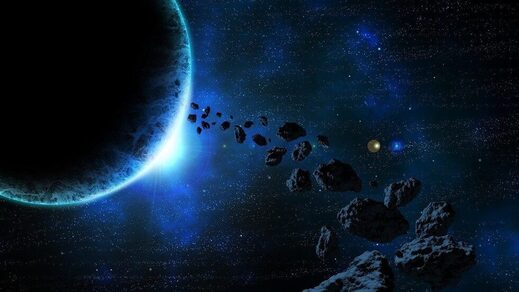OF THE
TIMES
We'll know our disinformation program is complete when everything the American public believes is false.
If you scroll down on this article there is an image in it - I think it is magenta - but others might sense pink. [Link] It is kind of the same...
"that had already expired under the statute of limitations." Use to be automatic cause to dismiss the case. I guess laws are empty air now.
Chief storyteller: Biden claims 'cannibis' helped to eat his uncle That's how I read it, when I scanned over the headline.
They seem more magenta than pink to me. I mean here is pink per one image - the colors of the images presented were not all the same....: [Link]...
Good article. Gets it right that this is an economic battle(not between ideologies and nation states). If your personal production (household GDP)...
To submit an article for publication, see our Submission Guidelines
Reader comments do not necessarily reflect the views of the volunteers, editors, and directors of SOTT.net or the Quantum Future Group.
Some icons on this site were created by: Afterglow, Aha-Soft, AntialiasFactory, artdesigner.lv, Artura, DailyOverview, Everaldo, GraphicsFuel, IconFactory, Iconka, IconShock, Icons-Land, i-love-icons, KDE-look.org, Klukeart, mugenb16, Map Icons Collection, PetshopBoxStudio, VisualPharm, wbeiruti, WebIconset
Powered by PikaJS 🐁 and In·Site
Original content © 2002-2024 by Sott.net/Signs of the Times. See: FAIR USE NOTICE

Reader Comments
Also there are plenty of 'asteroid impact calculators' which discuss what local effects would be. Here's one:
[Link]
RC
Ps, TIY: Me? I wanted to be a spaceman. Quasi video. [Link] Lyrics. [Link] HN RIP.
RC
Right next to the impact both would decrease the maximum amount. (As the calculators say 'you were inside the blast zone' or such.)
RC
I get the difference (based on diameter vs height of earthly objects) of 2.21875 and 2.290322580645161.